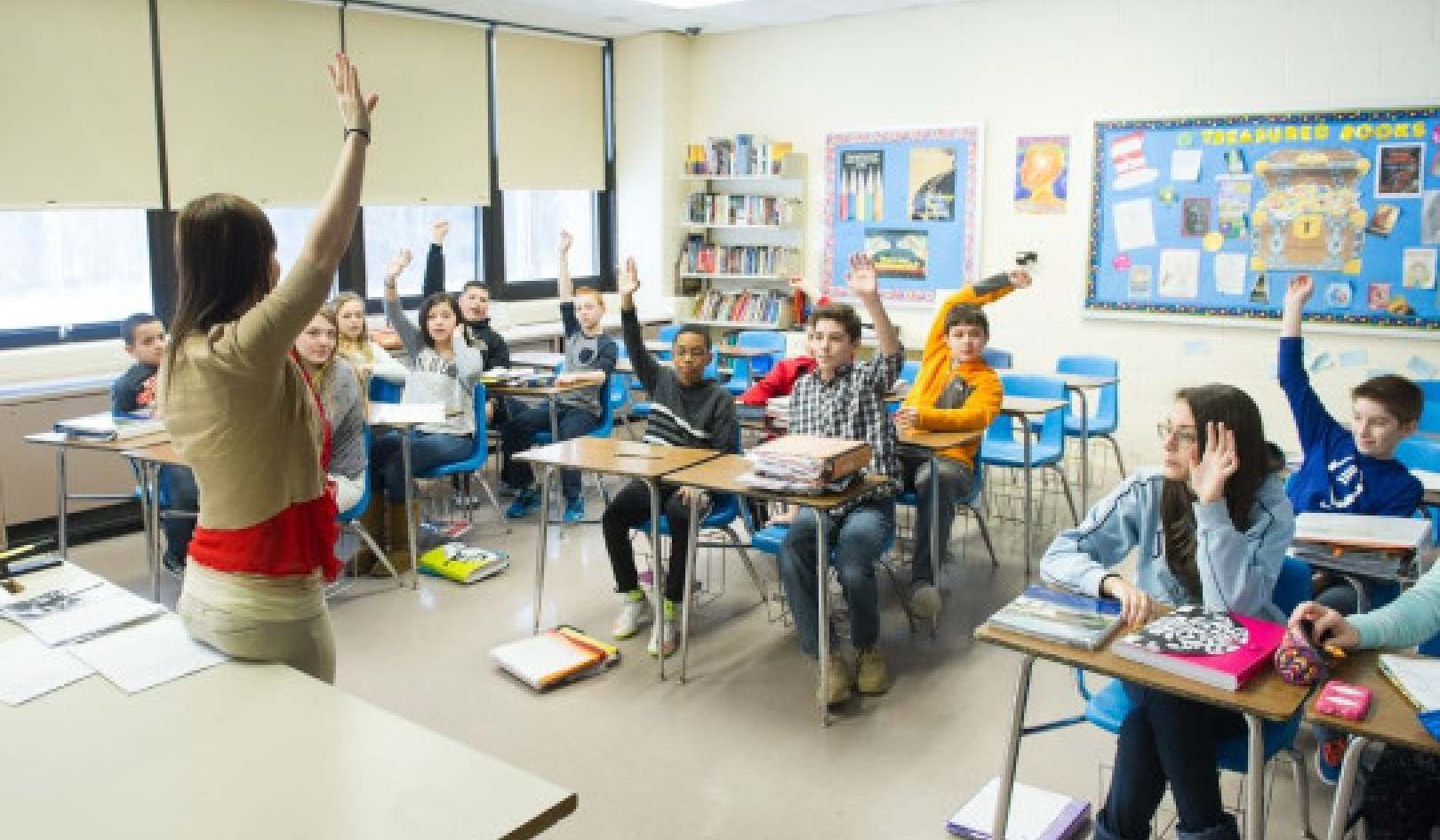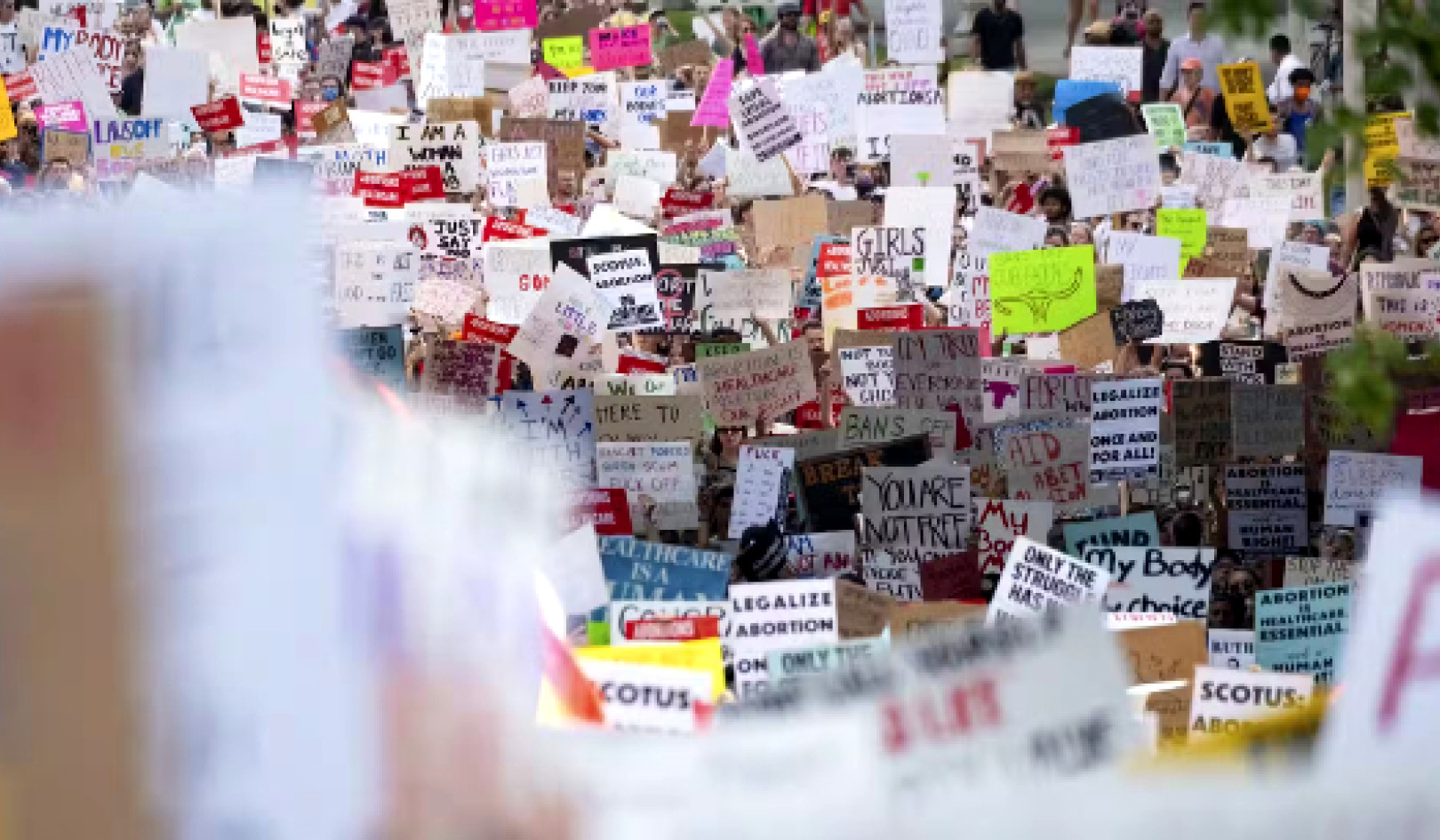
Exotic (but non-invasive) trees have their place in our efforts to capture carbon dioxide (CO?) from the atmosphere. We could increase plantings of fruit trees and timber that we use to construct our homes. But this question refers to the potentially faster growth of some non-native species, and the associated faster removal of CO?.
Importantly, fast growth (and therefore CO? uptake) is only one side of the story. The two other points to consider are how big a tree will grow (how much carbon it will ultimately store) and how long it will live. For example, a slower growing tree may end up storing more carbon in the long run.
China and India are leading the world in regreening the landscape. Many other countries have tree-planting programmes, including New Zealand’s project to plant a billion trees, which argues that the “right tree should be planted at the right time in the right place”.
Which tree to plant where
It is pointless to select tree species only for their carbon storage ability, particularly in built-up areas. Here, other selection criteria are much more important: a fast growing tree may need to be cut down after 20 years because it is unsafe, for example. Safety, resilience to environmental pressures in our cities, and aesthetics will come first. A tree that meets these criteria will ultimately be appreciated more, live longer, and store more carbon, regardless of its initial growth rate.
For rural plantations and afforestation, the rate of growth may well be a consideration. In New Zealand, exotic mono cultures will absorb atmospheric carbon a lot more quickly once planted, and it may be argued that carbon sequestration goals have to be put before biodiversity considerations. Moreover, in the New Zealand context, native trees often take over in exotic (pine) plantations that are left untouched.
As for the two mentioned plant species: hemp is a herb and thus not competitive with the carbon sequestration ability of trees. But it may be used as an efficient energy crop or in concrete, both with a potentially positive carbon sequestration effect.
Paulownia, while fast growing, has a very low wood density (about half of other trees). Again, it has it’s place as a valuable construction wood, but there is no reason to give preference to this species over native trees in the New Zealand context, at least not from a carbon sequestration perspective.
In summary, planting a tree is much more important than planting a particular tree. The best solution for selecting a species for a given site will be achieved when we listen to local foresters, the local community, and the latest scientific findings.
While planting trees should be promoted in all cases, it must also be understood that this will not save us from cutting carbon emissions if we want to achieve a sustainable future.
Related Books
Drawdown: The Most Comprehensive Plan Ever Proposed to Reverse Global Warming
by Paul Hawken and Tom Steyer In the face of widespread fear and apathy, an international coalition of researchers, professionals, and scientists have come together to offer a set of realistic and bold solutions to climate change. One hundred techniques and practices are described here—some are well known; some you may have never heard of. They range from clean energy to educating girls in lower-income countries to land use practices that pull carbon out of the air. The solutions exist, are economically viable, and communities throughout the world are currently enacting them with skill and determination. Available On Amazon
In the face of widespread fear and apathy, an international coalition of researchers, professionals, and scientists have come together to offer a set of realistic and bold solutions to climate change. One hundred techniques and practices are described here—some are well known; some you may have never heard of. They range from clean energy to educating girls in lower-income countries to land use practices that pull carbon out of the air. The solutions exist, are economically viable, and communities throughout the world are currently enacting them with skill and determination. Available On Amazon
Designing Climate Solutions: A Policy Guide for Low-Carbon Energy
by Hal Harvey, Robbie Orvis, Jeffrey Rissman With the effects of climate change already upon us, the need to cut global greenhouse gas emissions is nothing less than urgent. It’s a daunting challenge, but the technologies and strategies to meet it exist today. A small set of energy policies, designed and implemented well, can put us on the path to a low carbon future. Energy systems are large and complex, so energy policy must be focused and cost-effective. One-size-fits-all approaches simply won’t get the job done. Policymakers need a clear, comprehensive resource that outlines the energy policies that will have the biggest impact on our climate future, and describes how to design these policies well. Available On Amazon
With the effects of climate change already upon us, the need to cut global greenhouse gas emissions is nothing less than urgent. It’s a daunting challenge, but the technologies and strategies to meet it exist today. A small set of energy policies, designed and implemented well, can put us on the path to a low carbon future. Energy systems are large and complex, so energy policy must be focused and cost-effective. One-size-fits-all approaches simply won’t get the job done. Policymakers need a clear, comprehensive resource that outlines the energy policies that will have the biggest impact on our climate future, and describes how to design these policies well. Available On Amazon
This Changes Everything: Capitalism vs. The Climate
by Naomi Klein In This Changes Everything Naomi Klein argues that climate change isn’t just another issue to be neatly filed between taxes and health care. It’s an alarm that calls us to fix an economic system that is already failing us in many ways. Klein meticulously builds the case for how massively reducing our greenhouse emissions is our best chance to simultaneously reduce gaping inequalities, re-imagine our broken democracies, and rebuild our gutted local economies. She exposes the ideological desperation of the climate-change deniers, the messianic delusions of the would-be geoengineers, and the tragic defeatism of too many mainstream green initiatives. And she demonstrates precisely why the market has not—and cannot—fix the climate crisis but will instead make things worse, with ever more extreme and ecologically damaging extraction methods, accompanied by rampant disaster capitalism. Available On Amazon
In This Changes Everything Naomi Klein argues that climate change isn’t just another issue to be neatly filed between taxes and health care. It’s an alarm that calls us to fix an economic system that is already failing us in many ways. Klein meticulously builds the case for how massively reducing our greenhouse emissions is our best chance to simultaneously reduce gaping inequalities, re-imagine our broken democracies, and rebuild our gutted local economies. She exposes the ideological desperation of the climate-change deniers, the messianic delusions of the would-be geoengineers, and the tragic defeatism of too many mainstream green initiatives. And she demonstrates precisely why the market has not—and cannot—fix the climate crisis but will instead make things worse, with ever more extreme and ecologically damaging extraction methods, accompanied by rampant disaster capitalism. Available On Amazon
From The Publisher:
Purchases on Amazon go to defray the cost of bringing you InnerSelf.comelf.com, MightyNatural.com, and ClimateImpactNews.com at no cost and without advertisers that track your browsing habits. Even if you click on a link but don't buy these selected products, anything else you buy in that same visit on Amazon pays us a small commission. There is no additional cost to you, so please contribute to the effort. You can also use this link to use to Amazon at any time so you can help support our efforts.
This article originally appeared on The Conversation






















